I first encountered butterflies up close—really up close—in New York City at the American Museum of Natural History's Butterfly Conservatory, maybe 20 years ago.
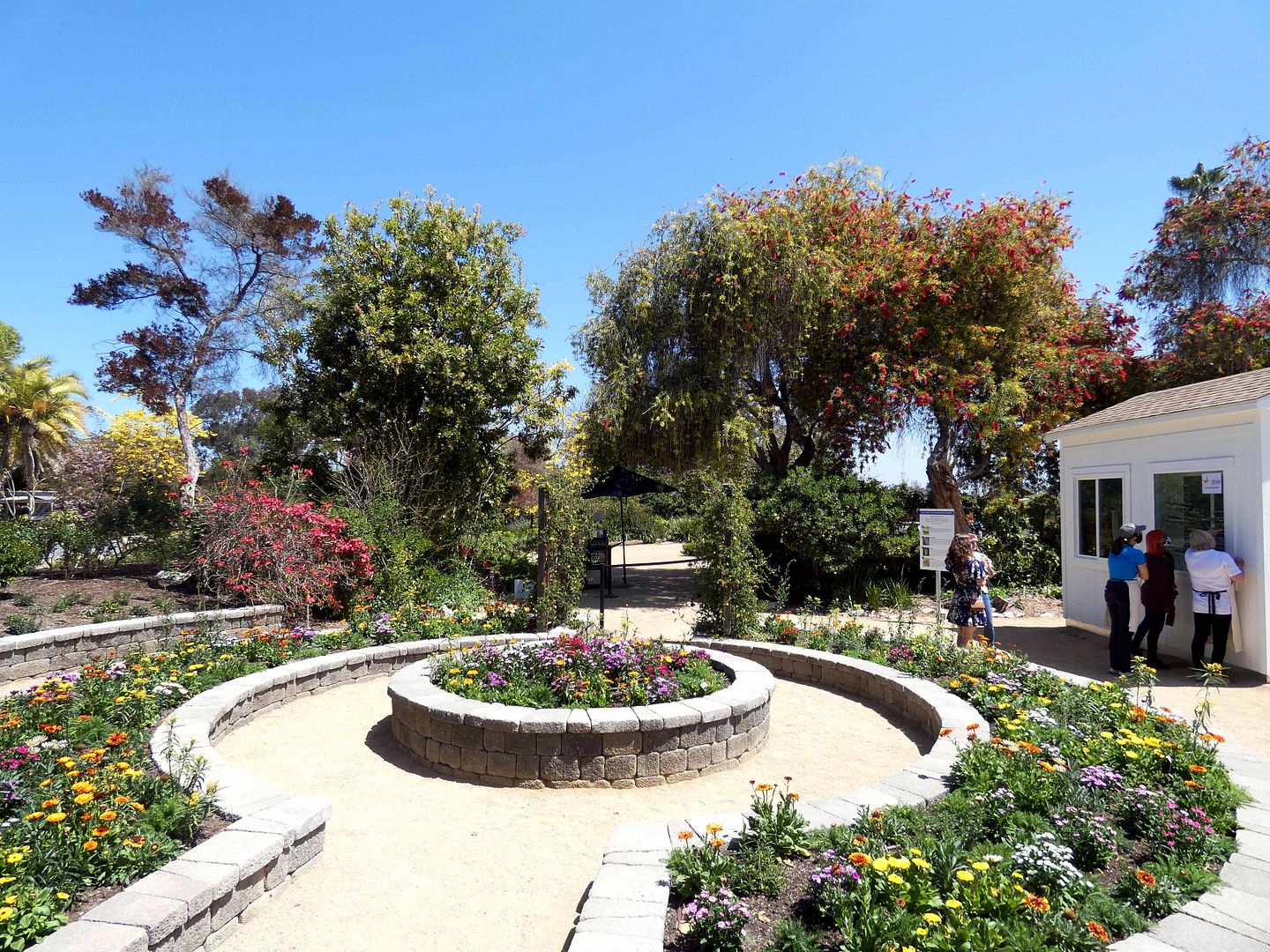
I've spent the last couple of years chasing the annual monarch migration—just when the species has become so critically endangered, the millions of butterflies have dwindled down to thousands, hundreds, or even just dozens.
 Siproeta stelenes in the emergence chamber
Siproeta stelenes in the emergence chamberDuring the pandemic, I visited the outdoor Butterfly Pavilion at LA's Natural History Museum, but felt rushed out of there too quickly before I could get any good photos.
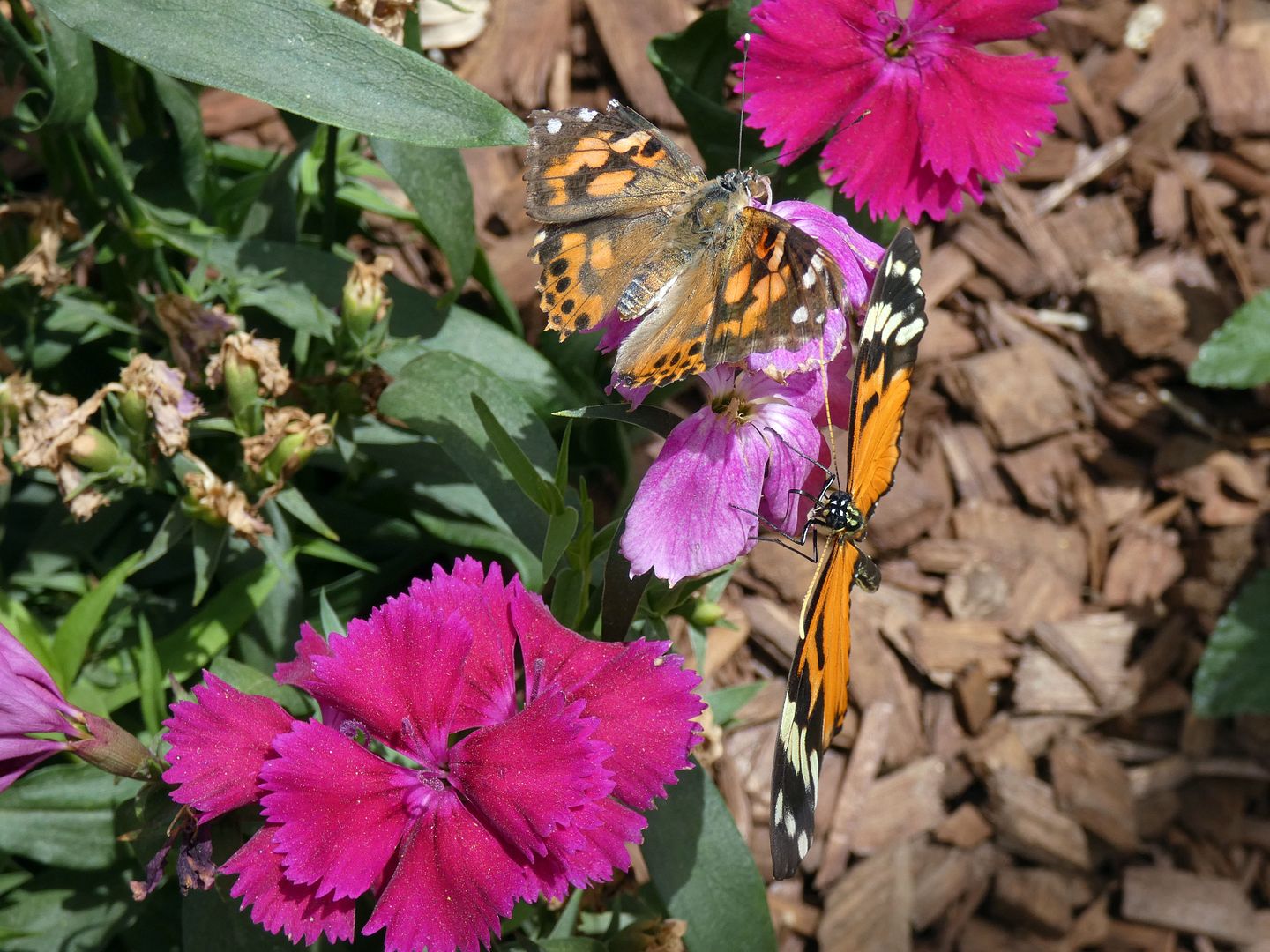
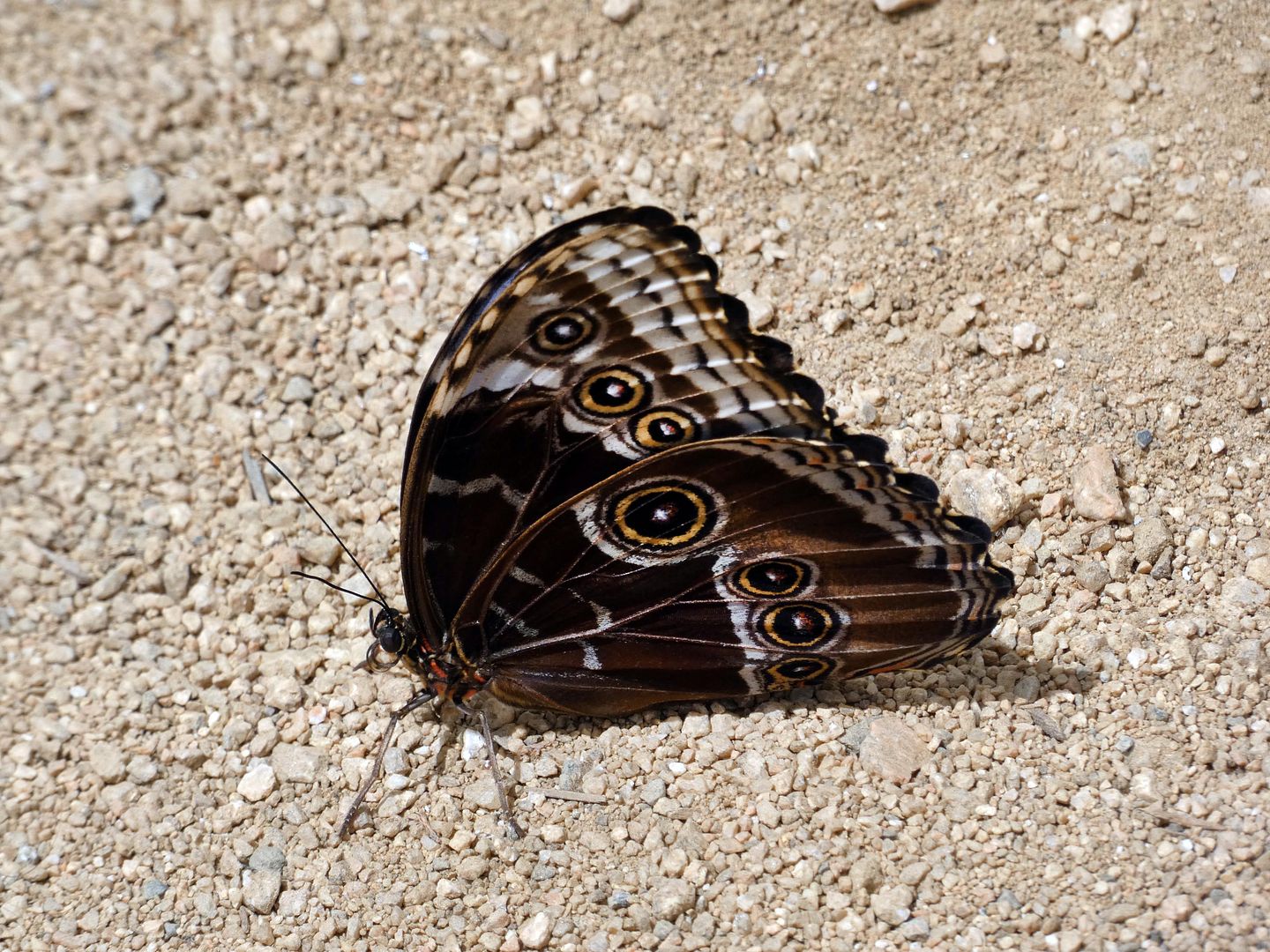
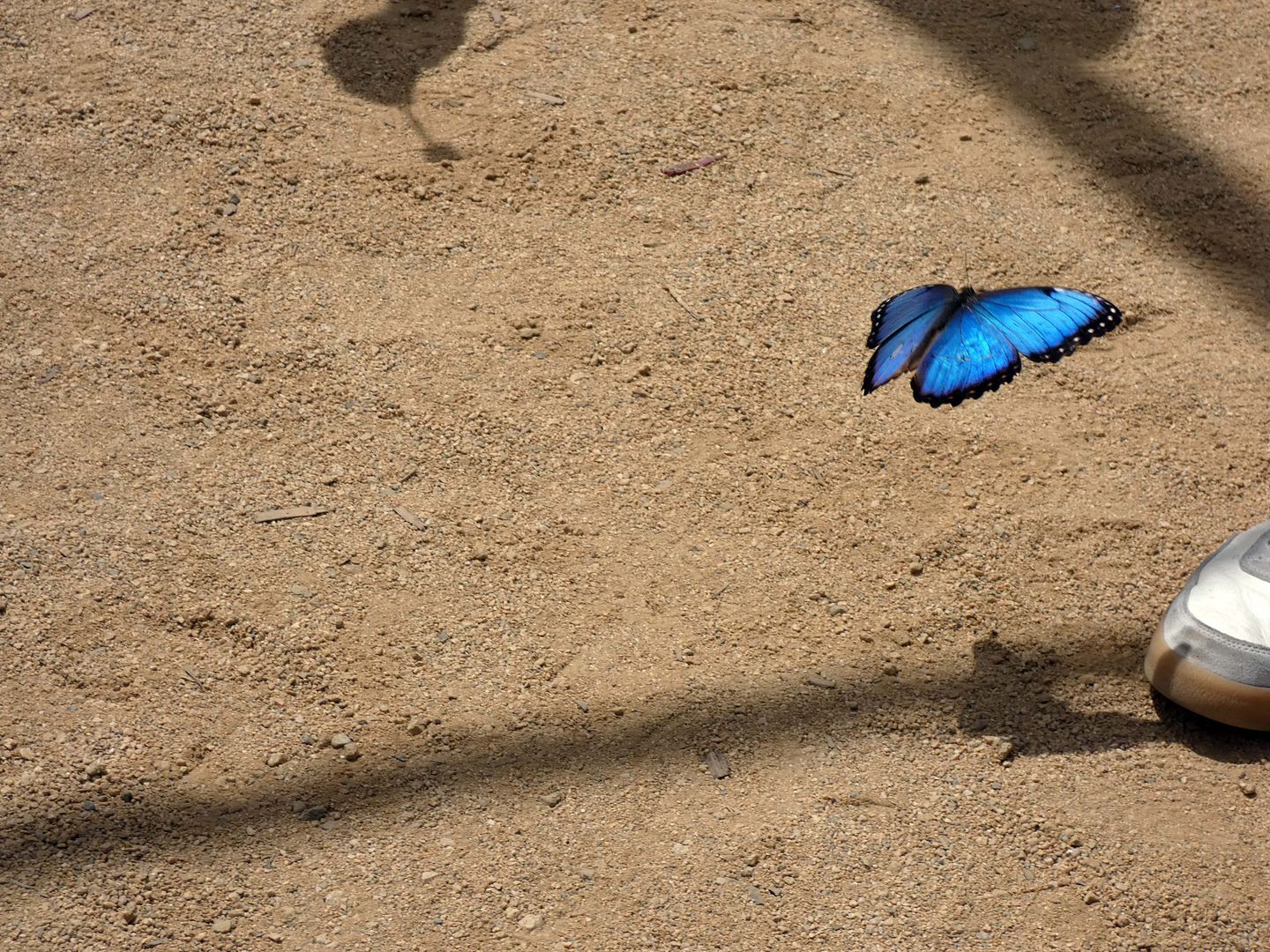 Morpho menelaus
Morpho menelaus
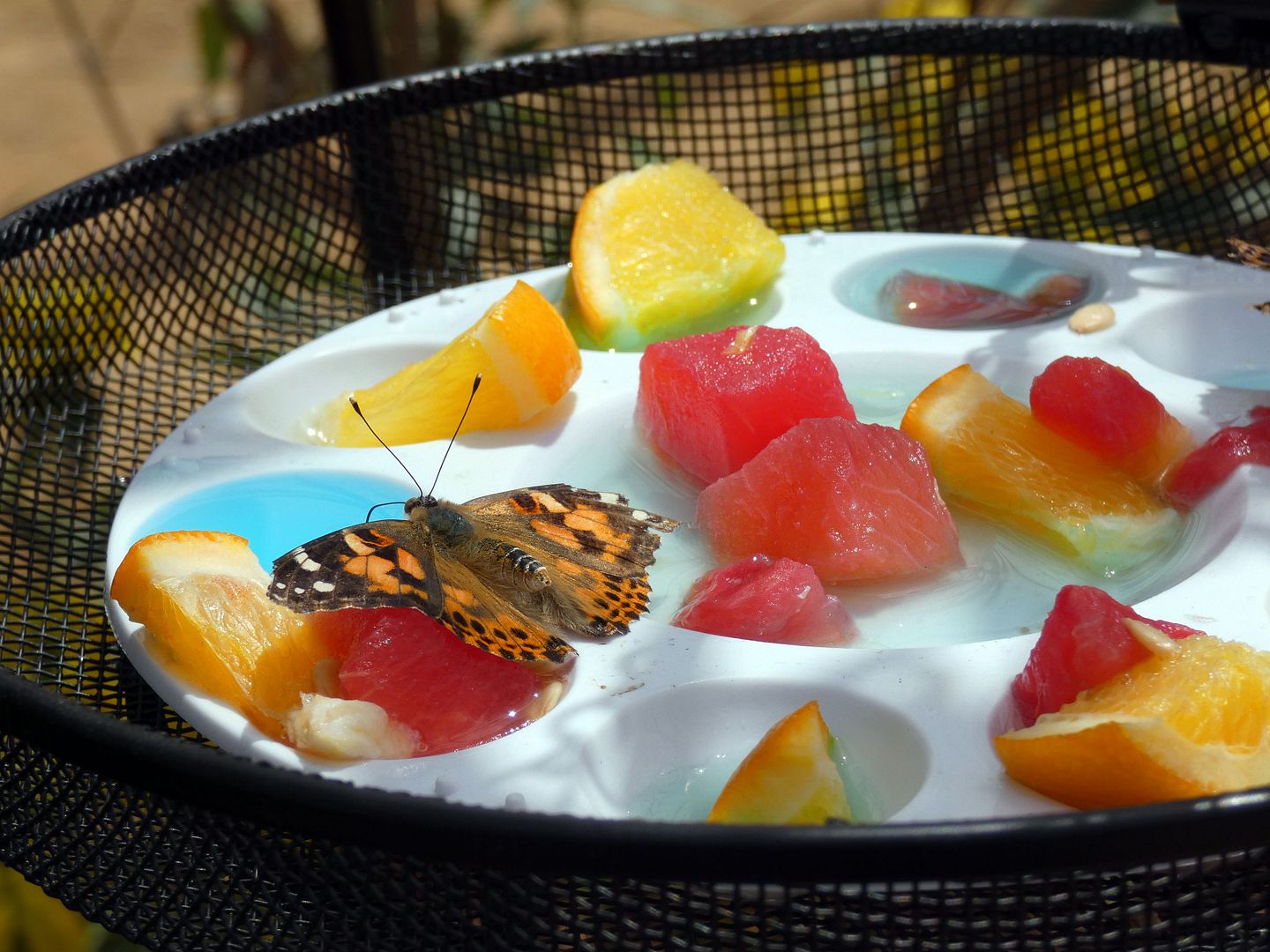
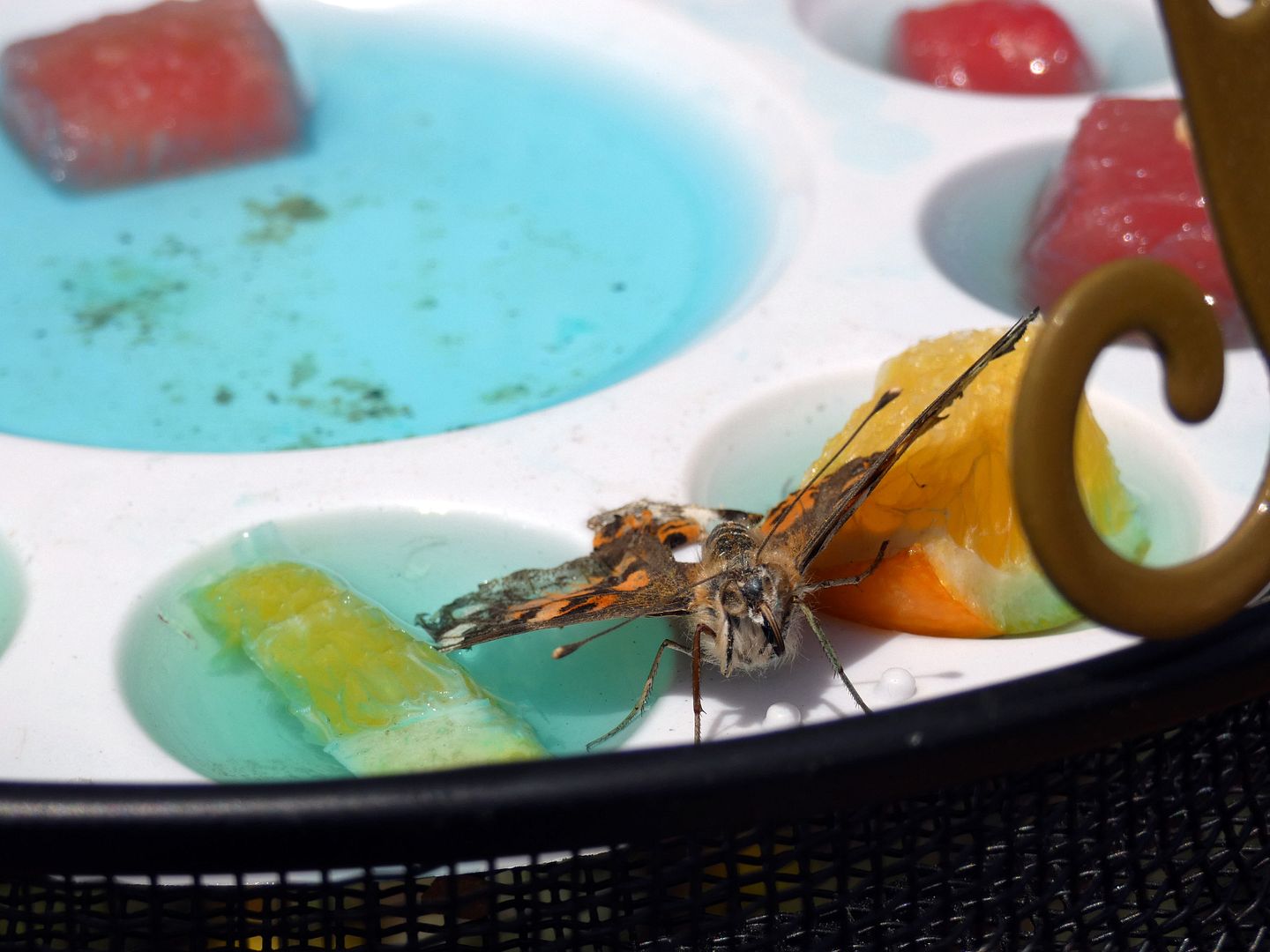
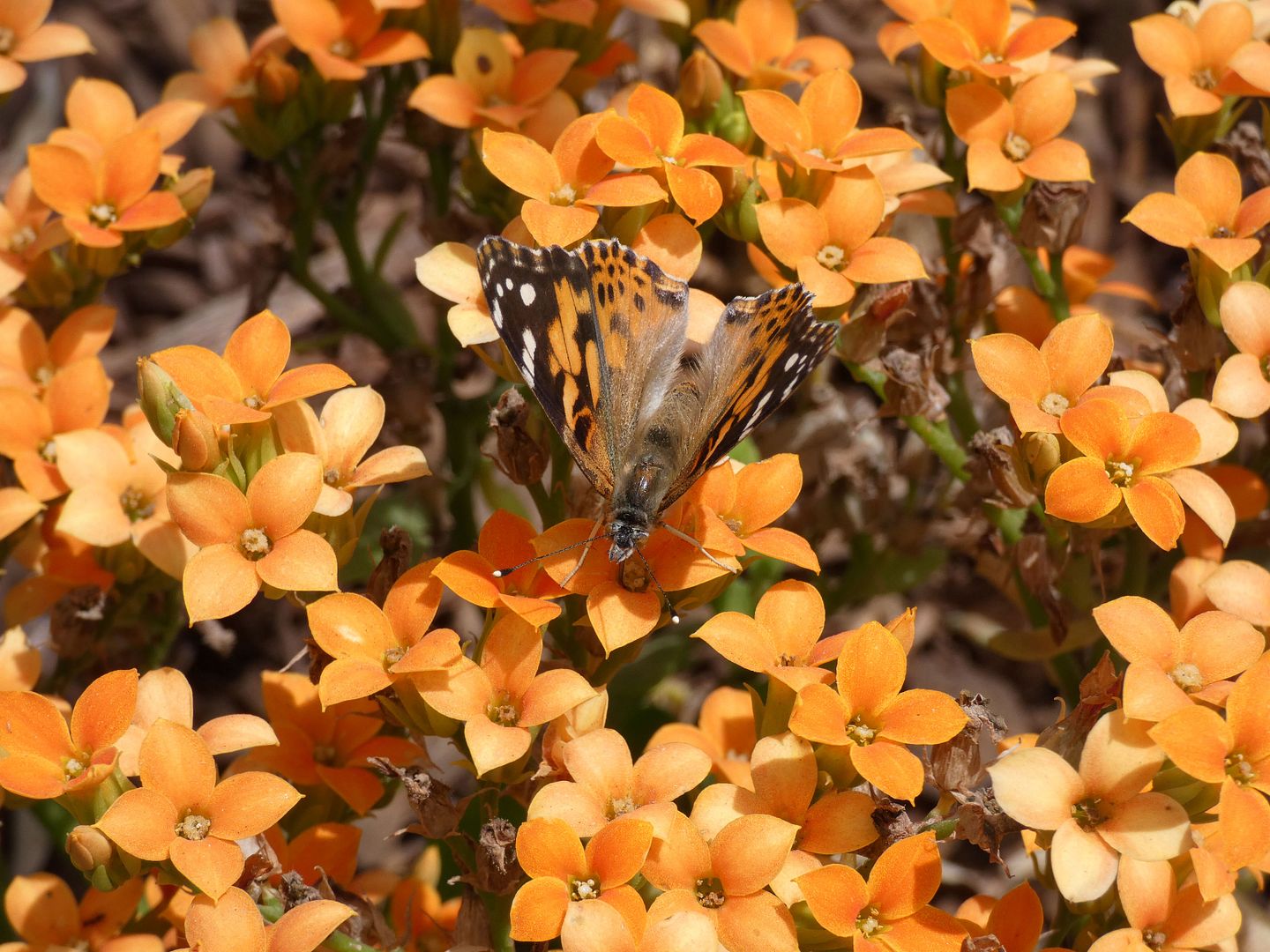
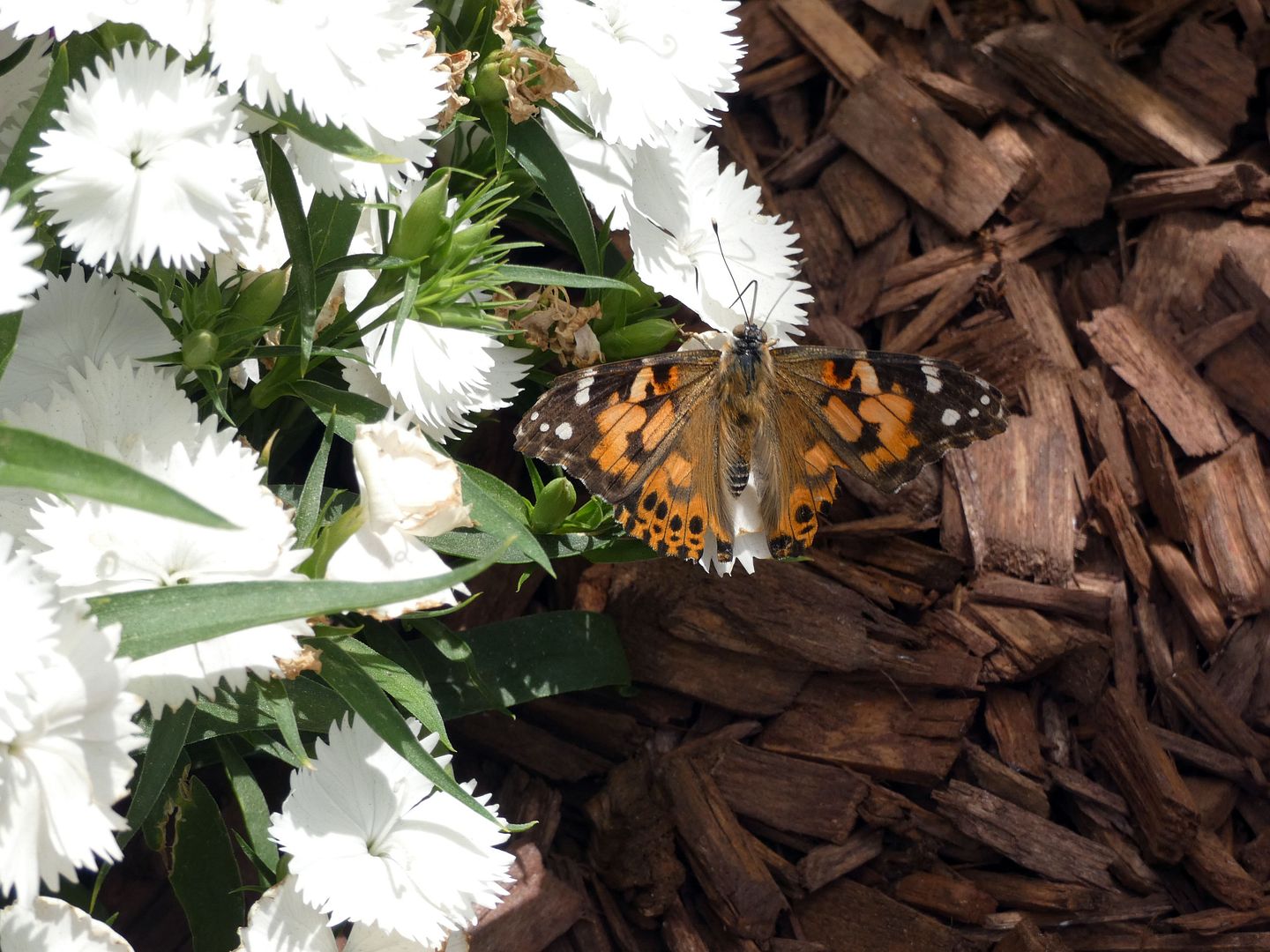
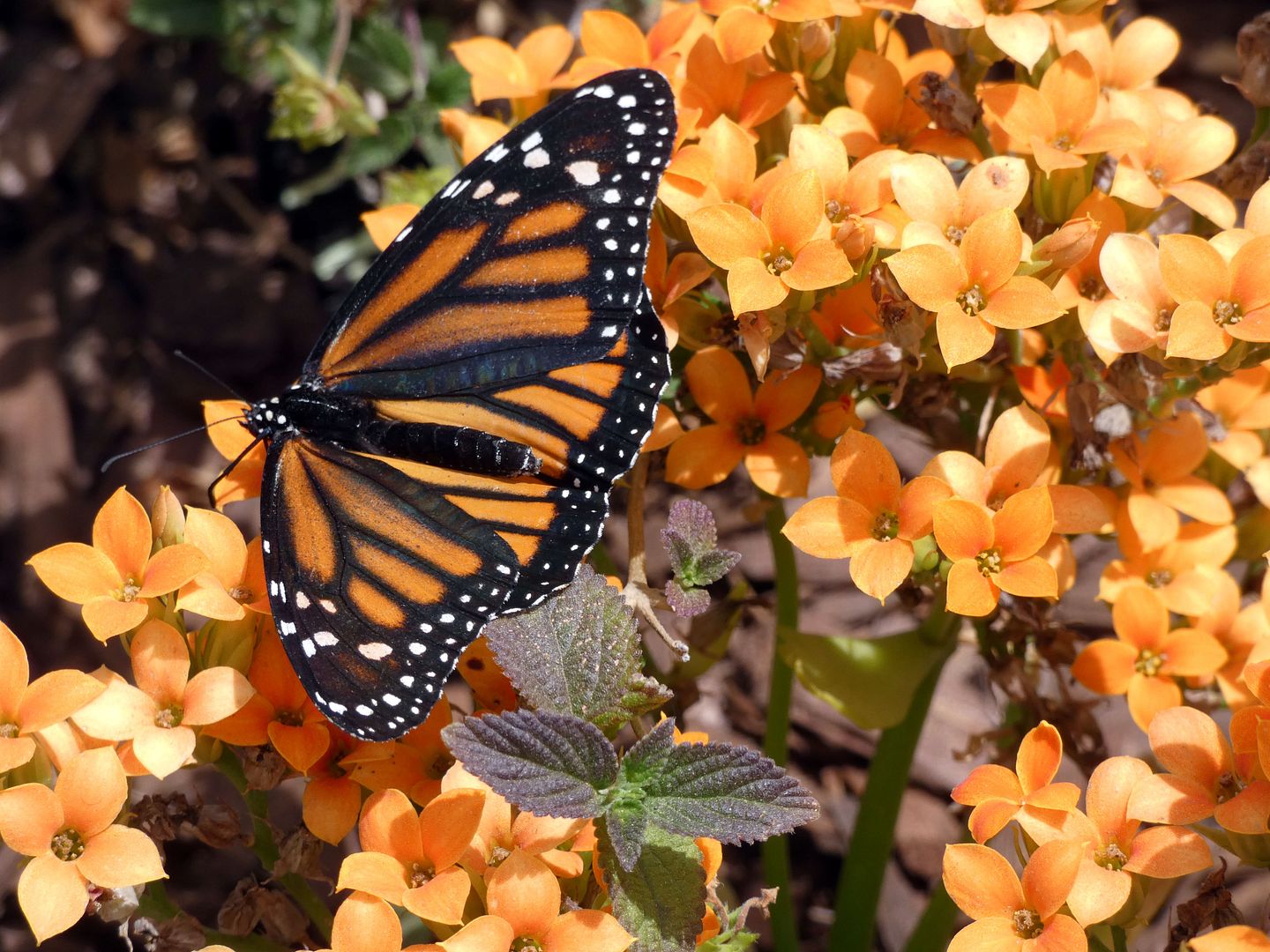
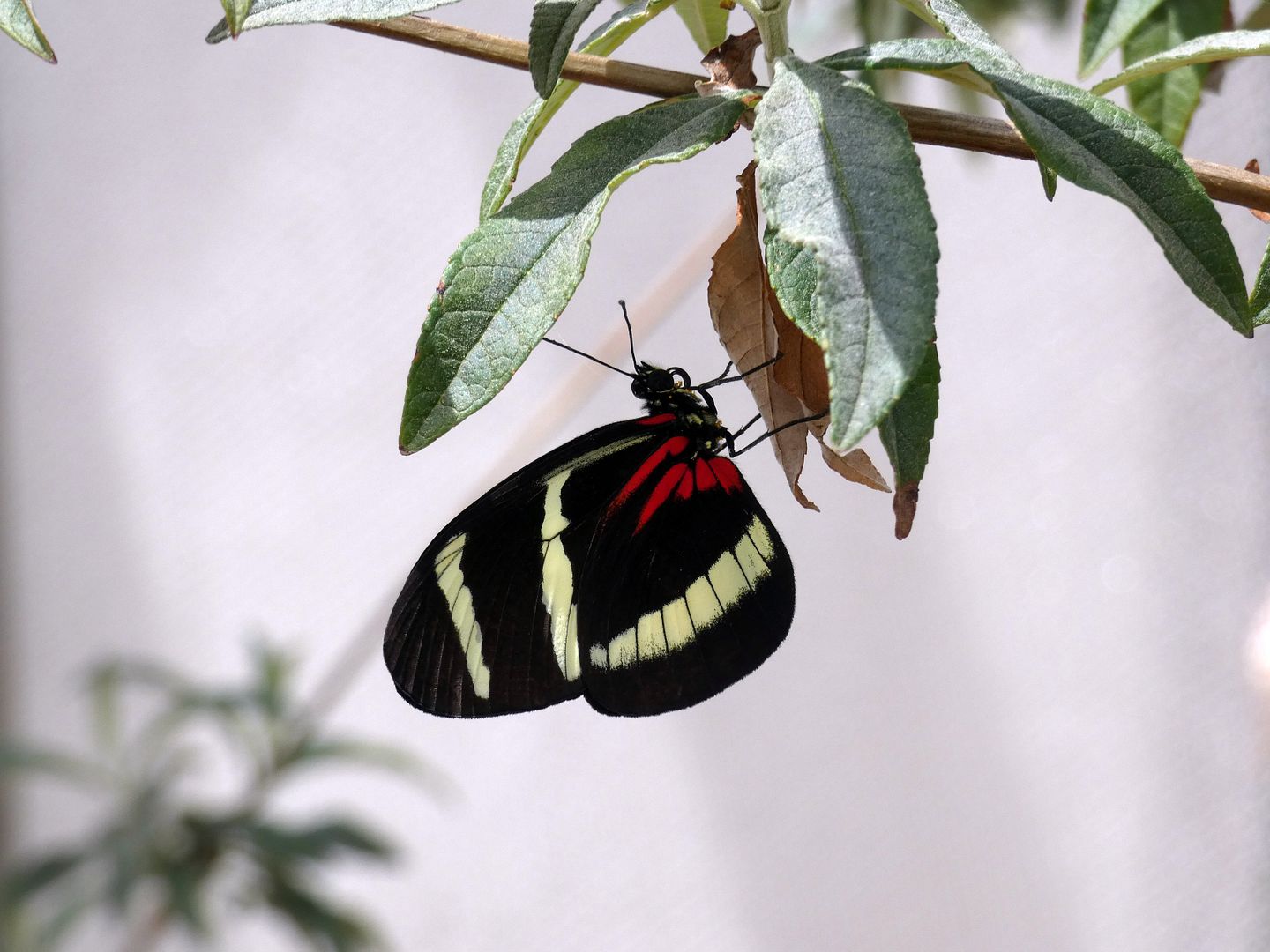

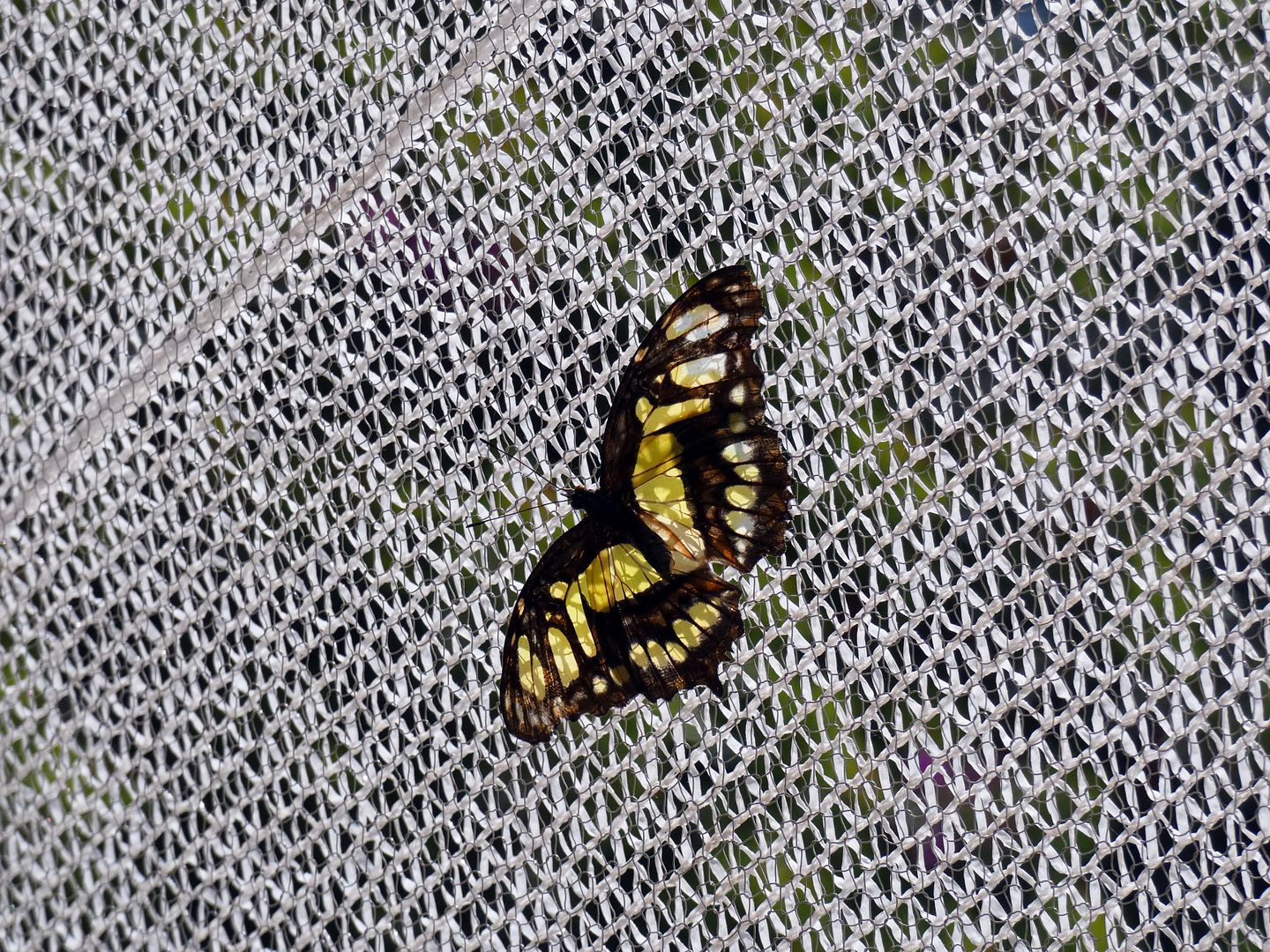
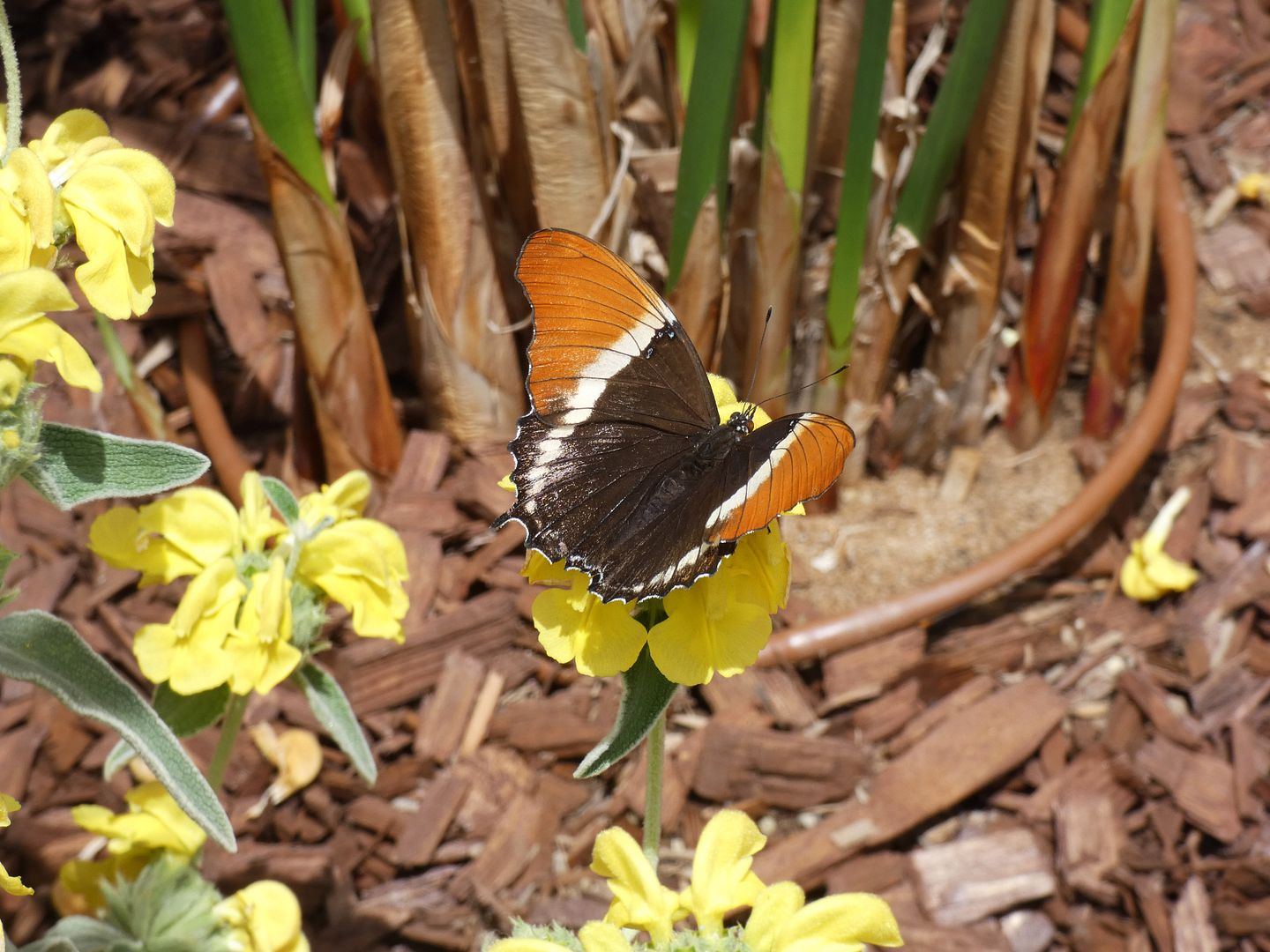
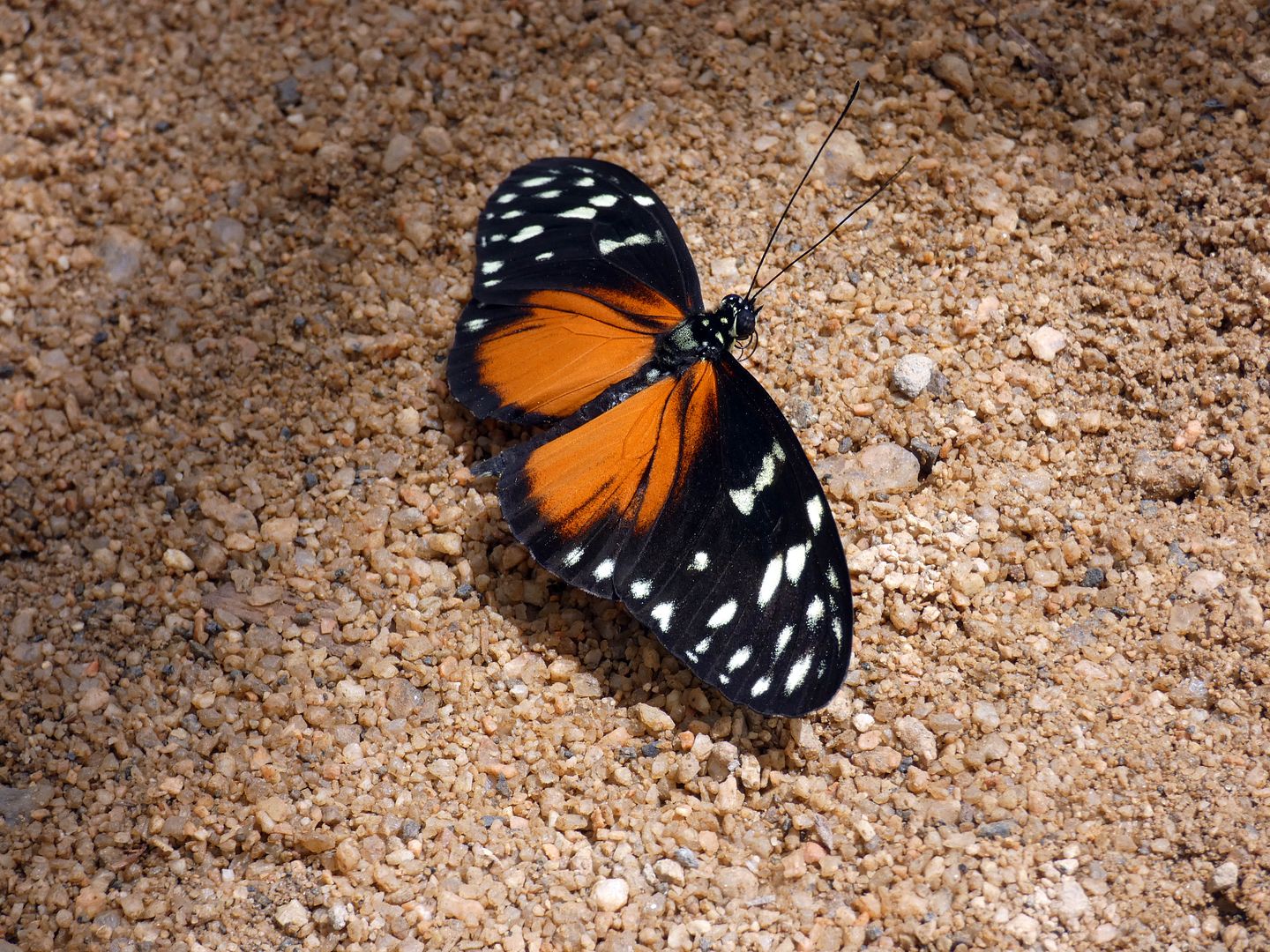

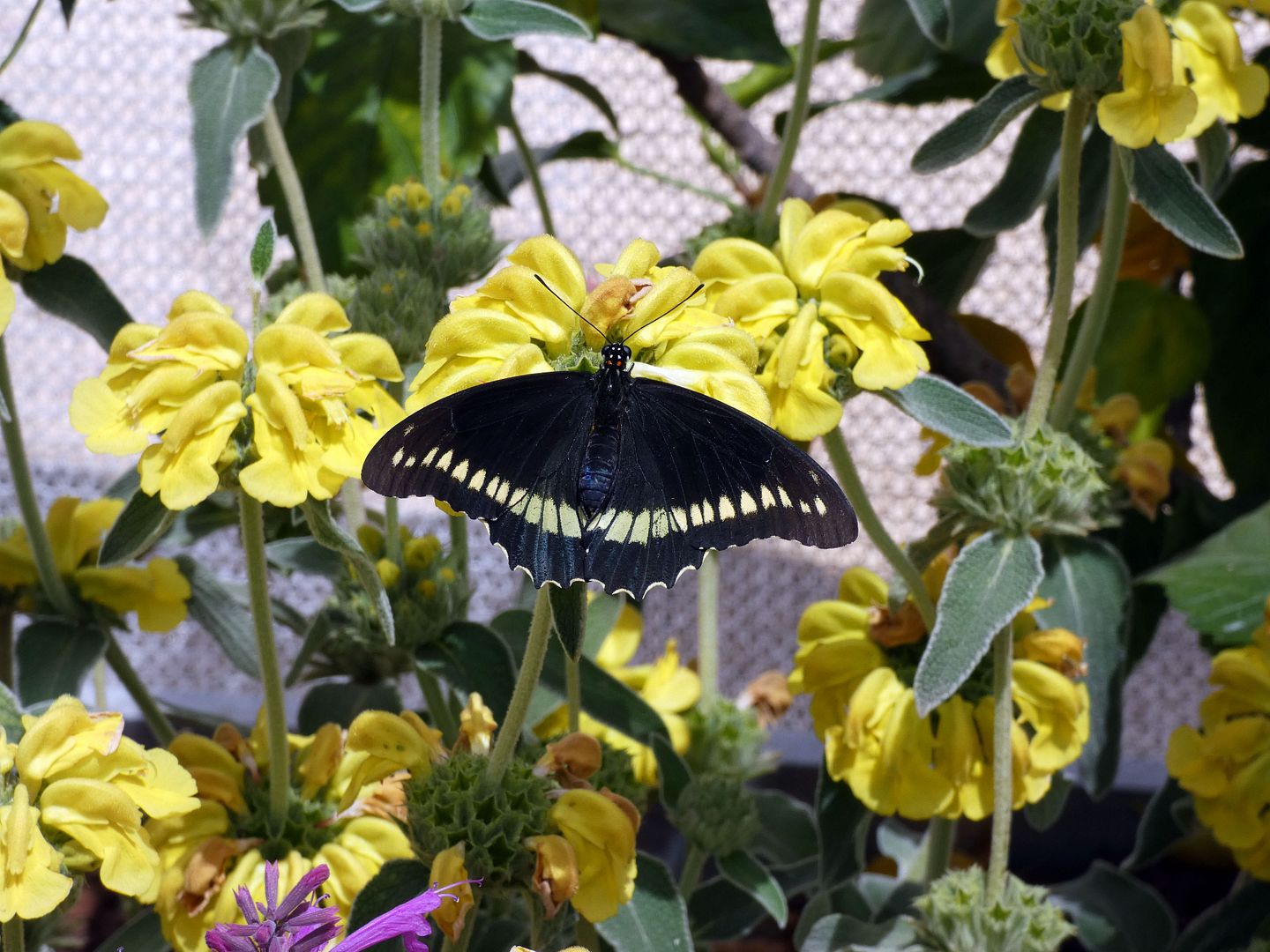

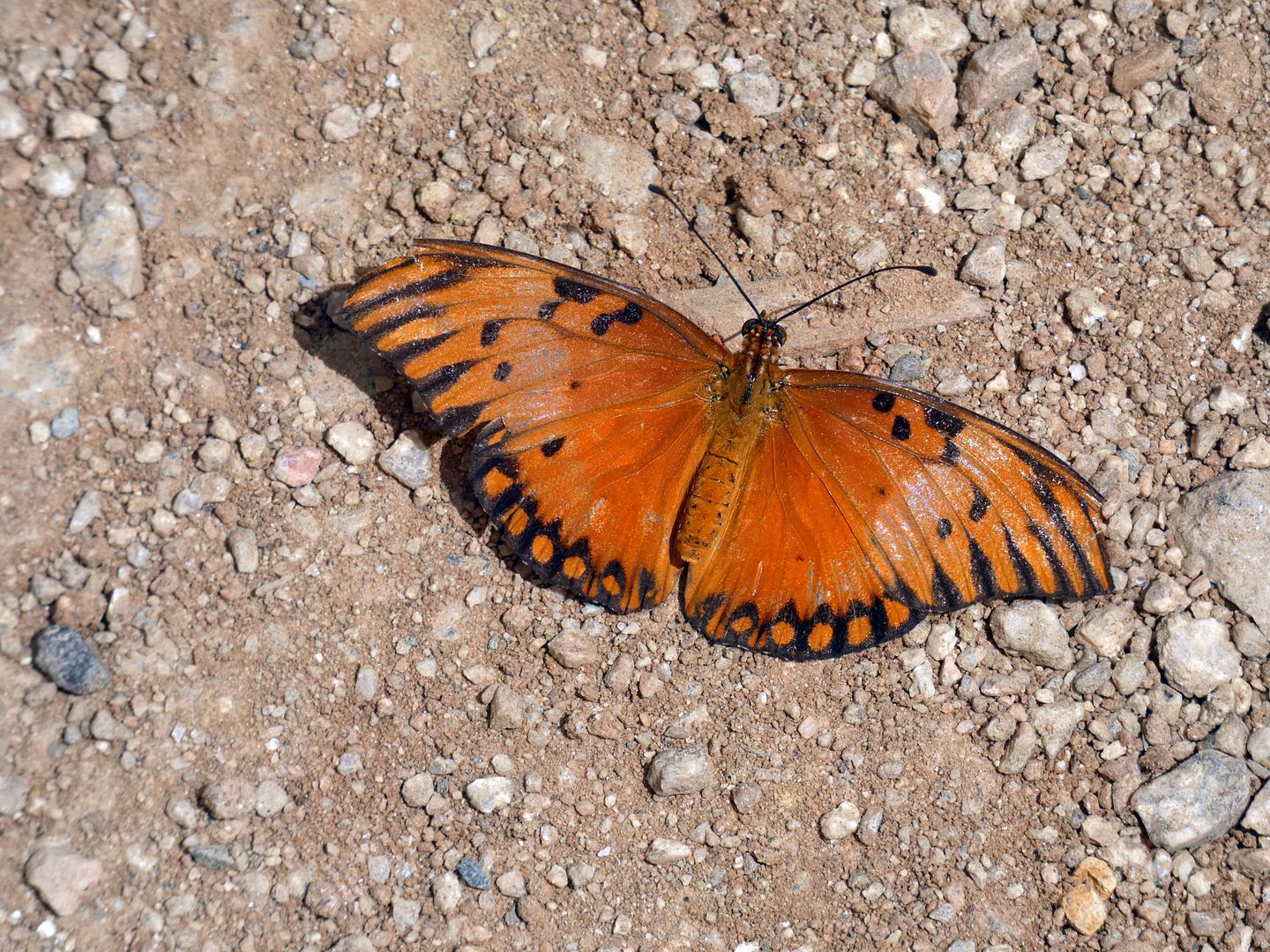
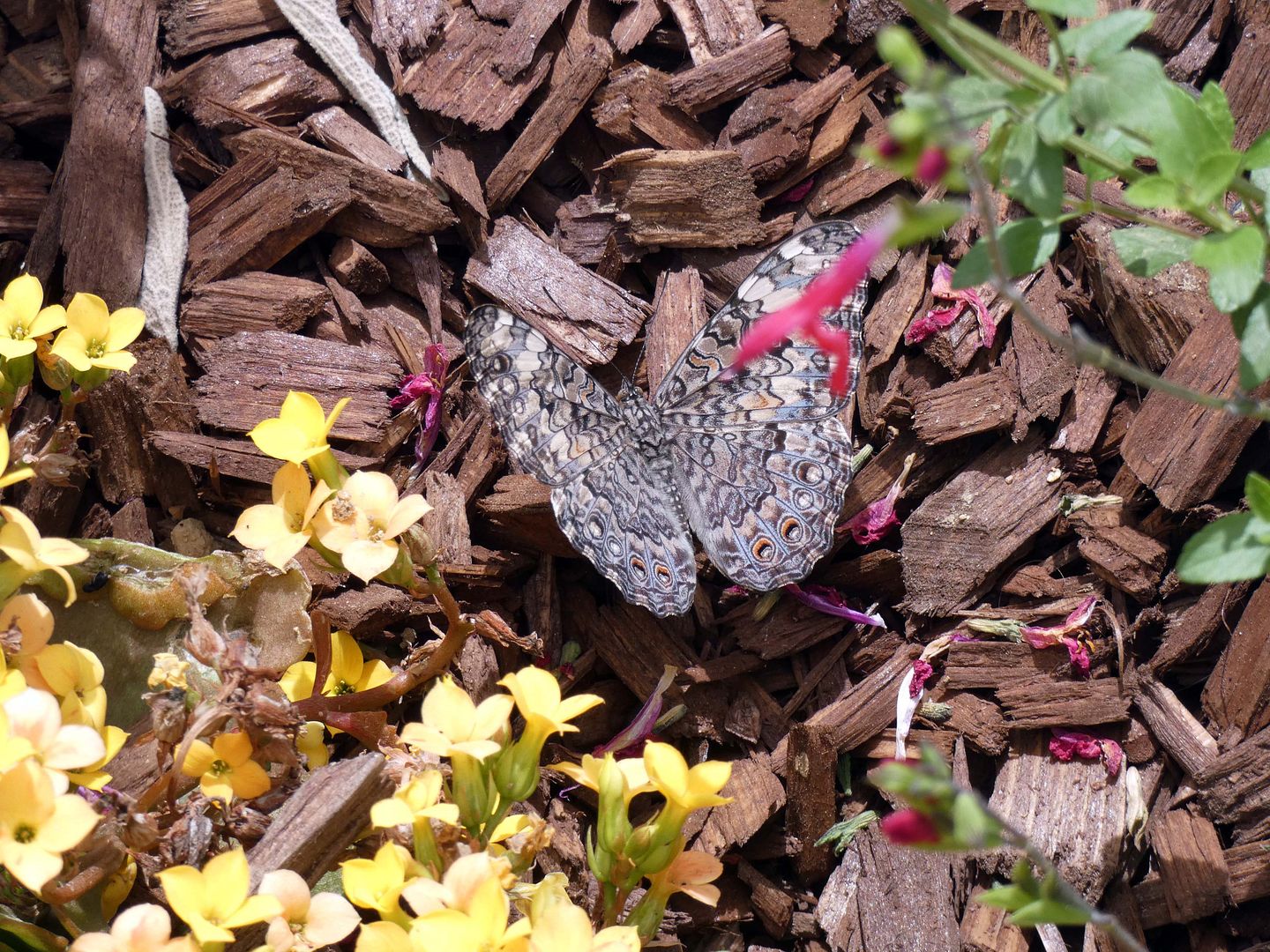
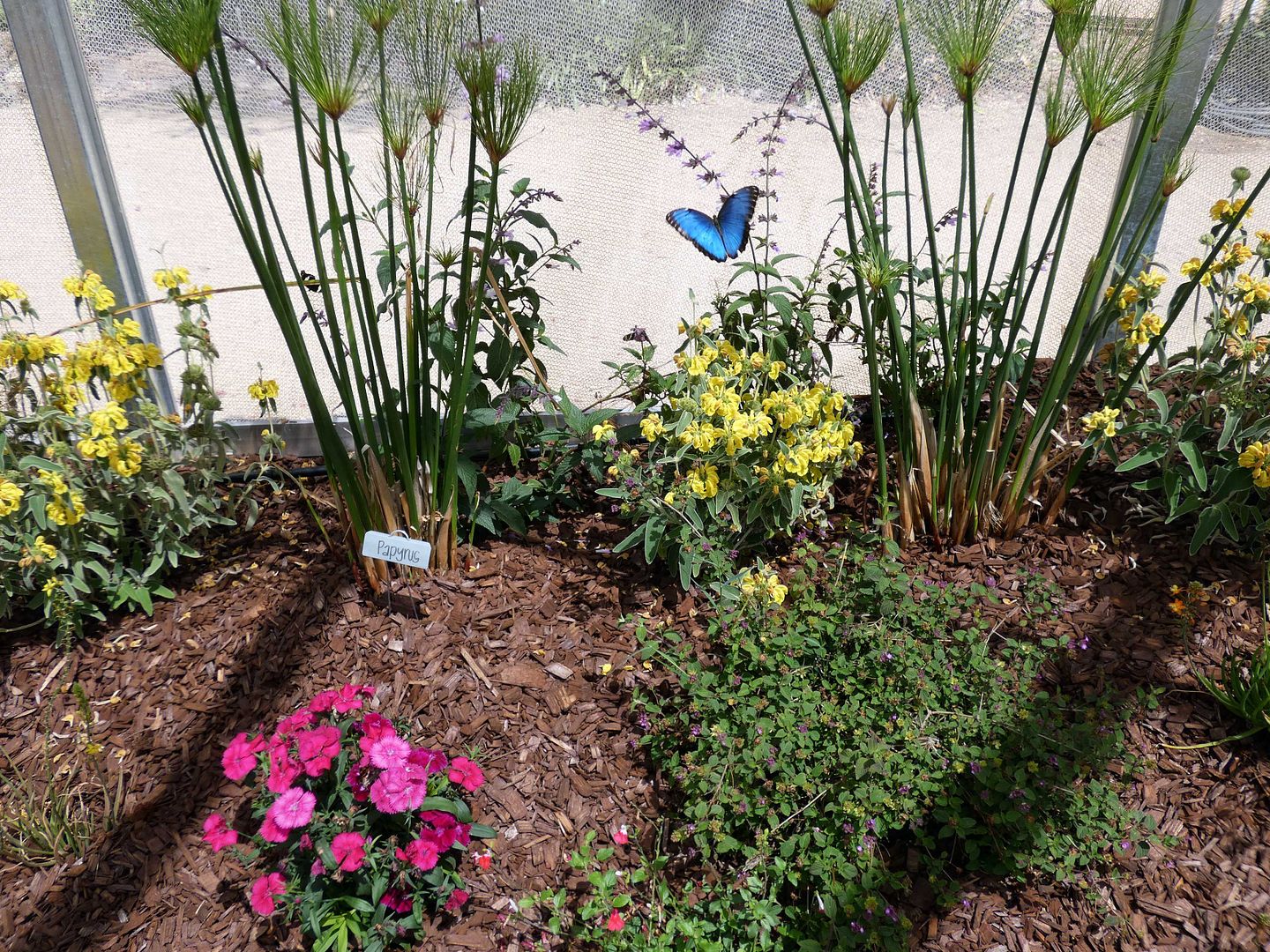
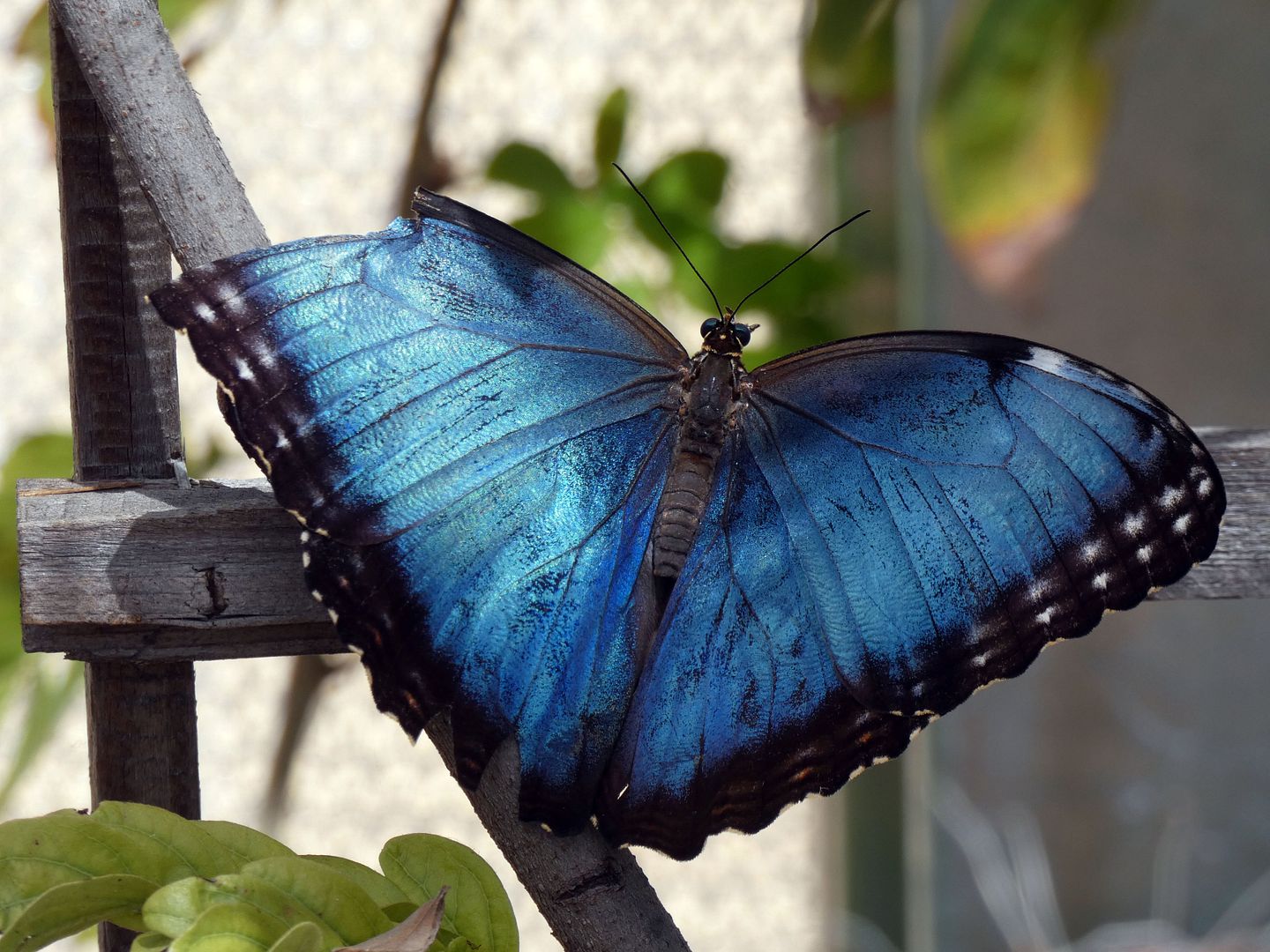

For my most recent try, I went to "SOAR" at South Coast Botanic Garden in Palos Verdes Estates, California—and it seemed as though my luck had turned around.

Morpho menelaus
They warned us when we were about to go in to watch where we stepped, because there'd surely be butterflies underfoot.
 Morpho menelaus
Morpho menelausBut for as many as were on the ground, there were exponentially more fluttering about in the midday sunshine.

Some painted ladies were having a snack on some fresh fruit...

...with one pausing to raise its head as if to say hello...

...but mostly they were on the butterfly bushes...

...and tucked into other butterfly-friendly plants, like white dianthus (Dianthus chinensis x barbatus) and yellow- and orange-colored kalanchoe (Kalanchoe blossfeldiana).

There were even some monarchs in there—probably just as many as I've seen when I've actually traveled to go look at them.

In addition to domestic species, there were also a number of tropical varieties native to Central and South America that had been farmed and shipped in—like the Hewitsoni longwing (Heliconius hewitsoni).

Many of them—like the tropical blue wave (Myscelia cyaniris)—are native to the Amazon rainforest.

The malachite (Siproeta stelenes) is one of the most commonly found butterflies in that region—and it's the same type of butterfly we witnessed emerging in the "emergence chamber" on our way in.

The rusty-tipped page (Siproeta epaphus) is common in that area, too—and even make it as far north as Mexico. But they seem pretty exotic in Southern California.

Less common is the cream-spotted Tigerwing (Tithorea tarricina), whose coloring is similar to the monarch.

When it comes to the Grecian shoemaker (Catonephele numilia)—which, despite its name, is actually Amazonian—only the males have those distinctive orange spots on their wings.

The gold rim swallowtail (Battus polydamas) is a tropical butterfly of the domestic sort, found in Florida.

Same with the zebra longwing (Heliconius charitonius)—which, in fact, is Florida's state butterfly.

No offense to the gulf fritillary (Agraulis vanillae), also from The Sunshine State.

And while the pale cracker butterfly (Hamadryas amphichloe) can be found in Florida, it might be more fun to look for them in farther flung locations like Cuba, Puerto Rico, or the Dominican Republic (which is why it's also nicknamed the "Caribbean crackler").

The showstopper of them all, though, was the blue morpho (probably Morpho peleides)—whose wings have scales that reflect light back as an iridescent blue color. Technically, the only look blue, but aren't blue.

It's practically impossible to capture a photo of them in flight—and usually when they land somewhere, they close up their wings to show only the brown undersides, with their eyespots providing excellent camouflage. You have to be really patient to get them sitting still with their full expanded wingspan in view.
Given the brilliance of their coloring, the ones we saw were probably all males.
It's no wonder that blue morphos became something of a "collector's item" among bug-pinners and those who like their butterflies mounted and framed (or encased in glass in some other way).
It seemed like every time I stood in one spot for longer than a minute, some butterfly would take up residence on the ground right behind me—prompting someone to say, "Be careful, you've got a butterfly right there."
And I'd thank them profusely, because stepping on a butterfly—any butterfly—would seriously ruin my day.
Related Posts:

No comments:
Post a Comment